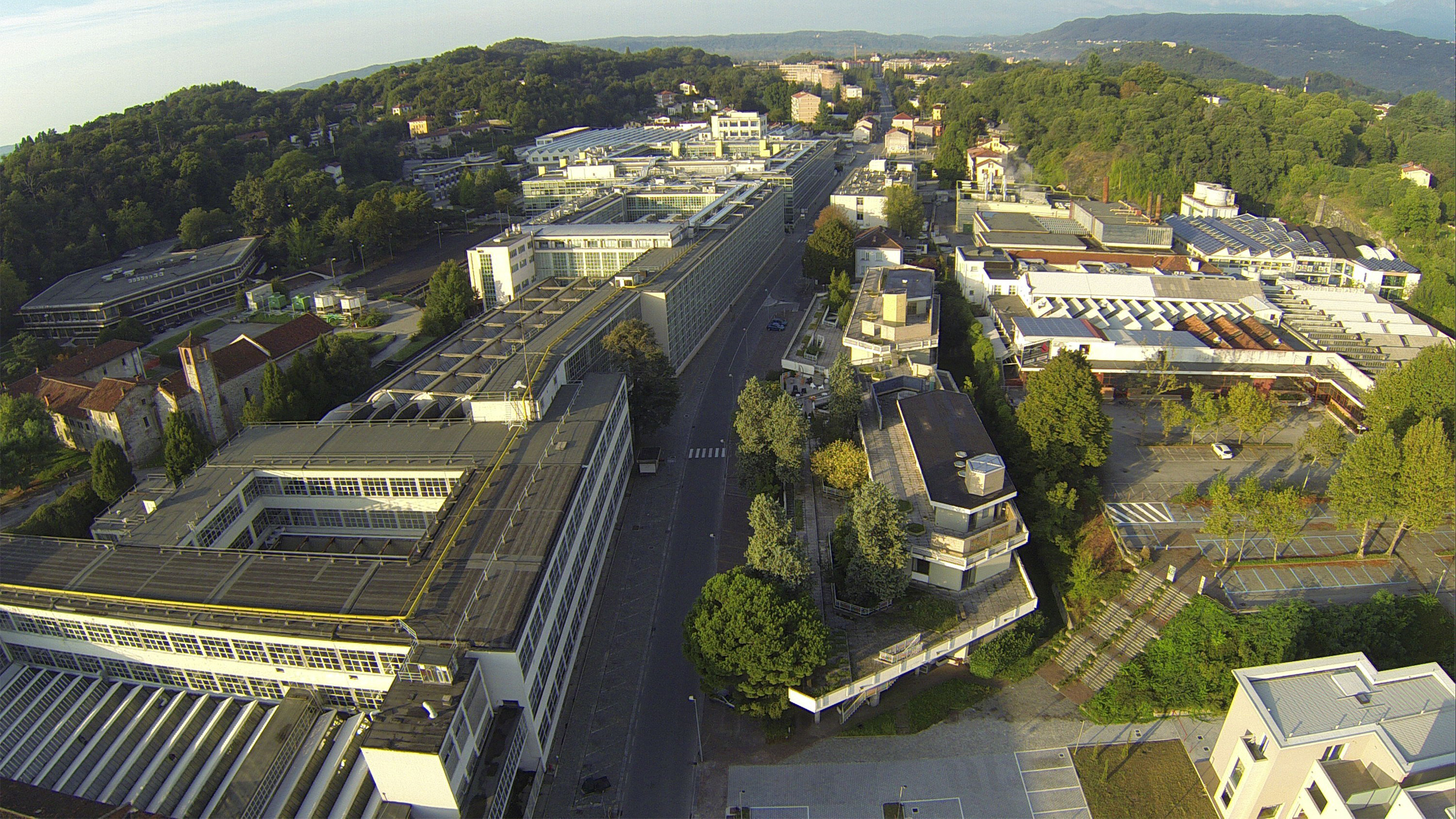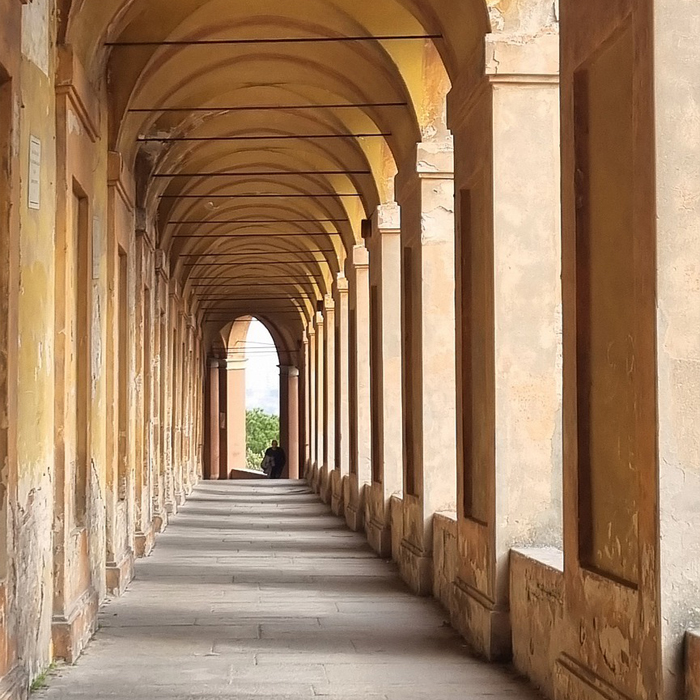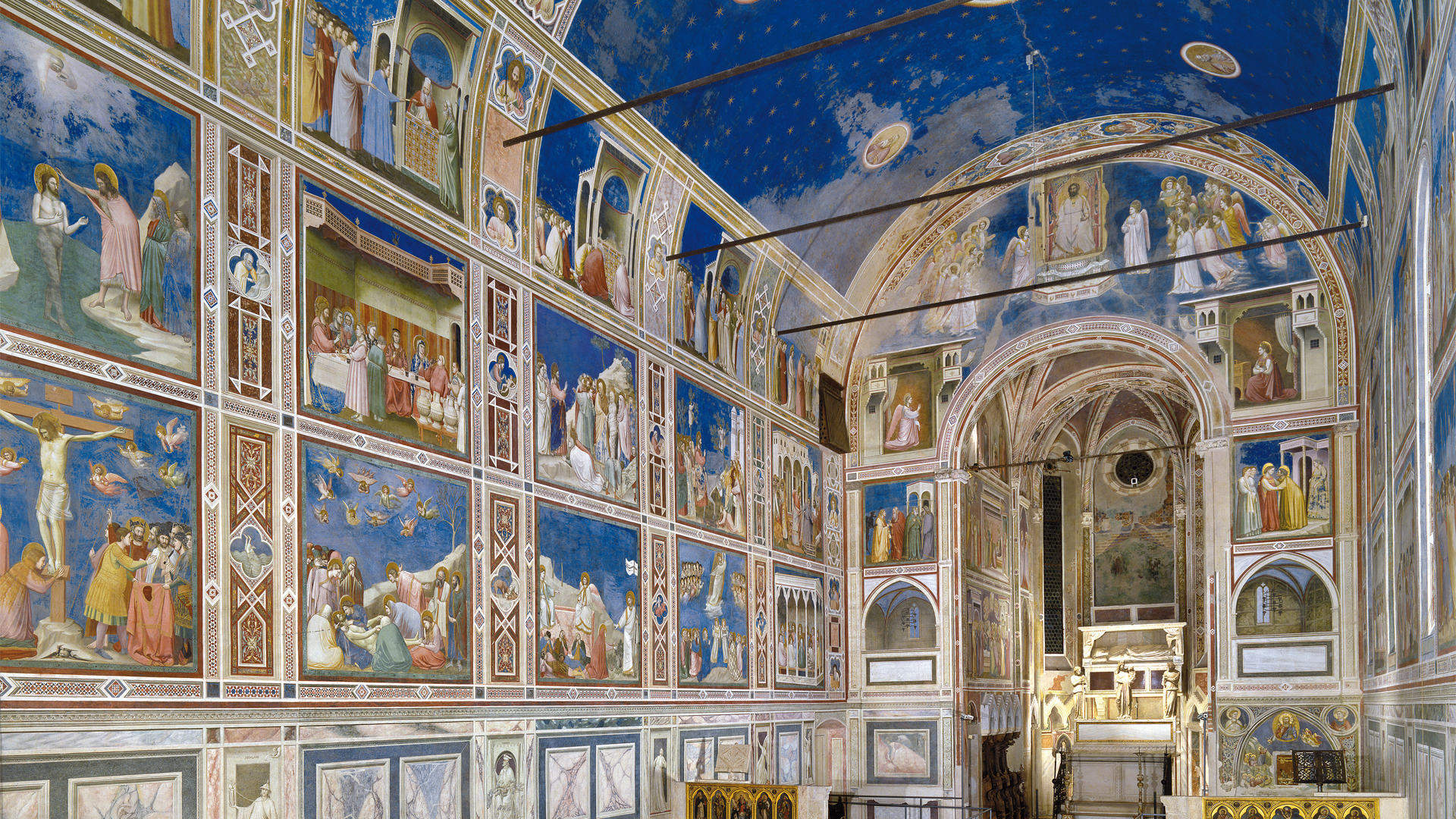Italy boasts more World Heritage sites than any other country in the world. It has 53 cultural and five natural UNESCO World Heritage sites, for a grand total of 58. UNESCO World Heritage Sites are deemed to be of outstanding value to humanity. These sites are actively identified, protected, and preserved under the Convention concerning the Protection of the World Cultural and Natural Heritage, which was adopted in 1972.
Every week, America Domani has released a list and brief description, of 5 UNESCO World Heritage Sites, listed in the order in which they were inscribed. This week's list will be the last until UNESCO decides to inscribe more – there are currently 31 sites on its tentative list. Until next time!
Venetian works of defense between the 16th and 17th centuries (2017)

(Photo Credit: Alberto Ghilardi – Foto Aeree Ghilardi via UNESCO)
This property consists of six components of defense works spread across Italy, Croatia and Montenegro. According to UNESCO, the fortifications throughout the Stato da Terra protected the Republic of Venice from the European powers to the northwest while those of the Stato da Mar protected the sea routes and ports in the Adriatic Sea.
Ivrea, industrial city of the 20th century (2018)

(Photo Credit: Guelpa Foundation via UNESCO)
Located in the Piedmont region, the industrial city of Ivrea comprises a large factory and buildings that were designed by Italian urban planners and architects between the 1930s and 1960s. The design is meant to express the modern vision of a coexistence between industrial production and architecture.
Le Colline del Prosecco di Conegliano e Valdobbiadene (2019)

(Photo Credit: Tepco srl via UNESCO)
This area in northeastern Italy includes part of the winegrowing landscape of the Prosecco wine production area. The landscape is characterized by ‘hogback’ hills, small plots of vines on small grassy terraces that have been shaped by humans since the 17th century.
The Porticoes of Bologna (2021)

This area in Bologna is made up of twelve component parts consisting of ensembles of porticoes and their surrounding built areas. Spanning from the 12th century to the present day, the city’s protioes roughly cover 38.5 miles. The porticos are built out of wood, stone, brick, and reinforced concrete.
Padua’s fourteenth-century fresco cycles (2021)

(Photo Credit:Comune di Padova Settore Cultura, Turismo, Musei e Biblioteche via UNESCO)
Located within the historic city of Padua are eight religious and secular building complexes, all of which house a selection of fresco cycles painted between 1302 and 1397 by artists such as: Giotto, Guariento di Arpo, Giusto de Menabuoi, Giusto de’ Menabuoi, Altichiero da Zevio, Jacopo Avanzi, and Jacopo da Verona.
The Great Spa Towns of Europe (2021)

This transnational area property comprises eleven spa towns, located in seven European countries: Baden bei Wien (Austria); Spa (Belgium); Františkovy Lázně; Karlovy Vary; Mariánské Lázně (Czechia); Vichy (France); Bad Ems; Baden-Baden; Bad Kissingen (Germany); Montecatini Terme (Italy); and City of Bath (United Kingdom).
Each of these towns have natural mineral water springs, and are emblematic of the spa culture that blossomed in Europe between the early 18th century up until the 1930s.
Asia London Palomba
Asia London Palomba is a trilingual freelance journalist from Rome, Italy. In the past, her work on culture, travel, and history has been published in The Boston Globe, Atlas Obscura, The Christian Science Monitor, and Grub Street, New York Magazine's food section. In her free time, Asia enjoys traveling home to Italy to spend time with family and friends, drinking Hugo Spritzes, and making her nonna's homemade cavatelli.

